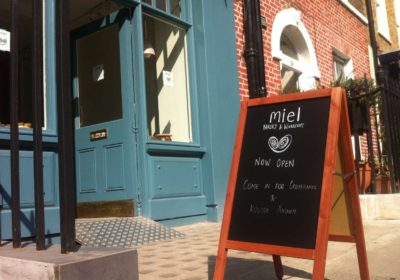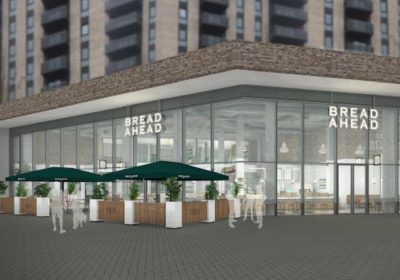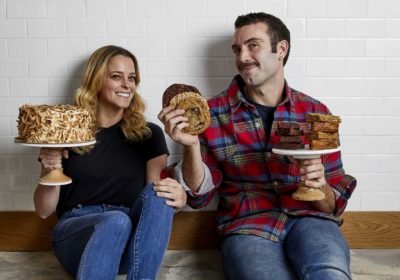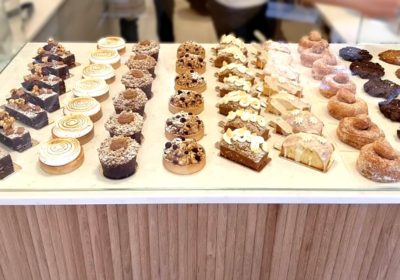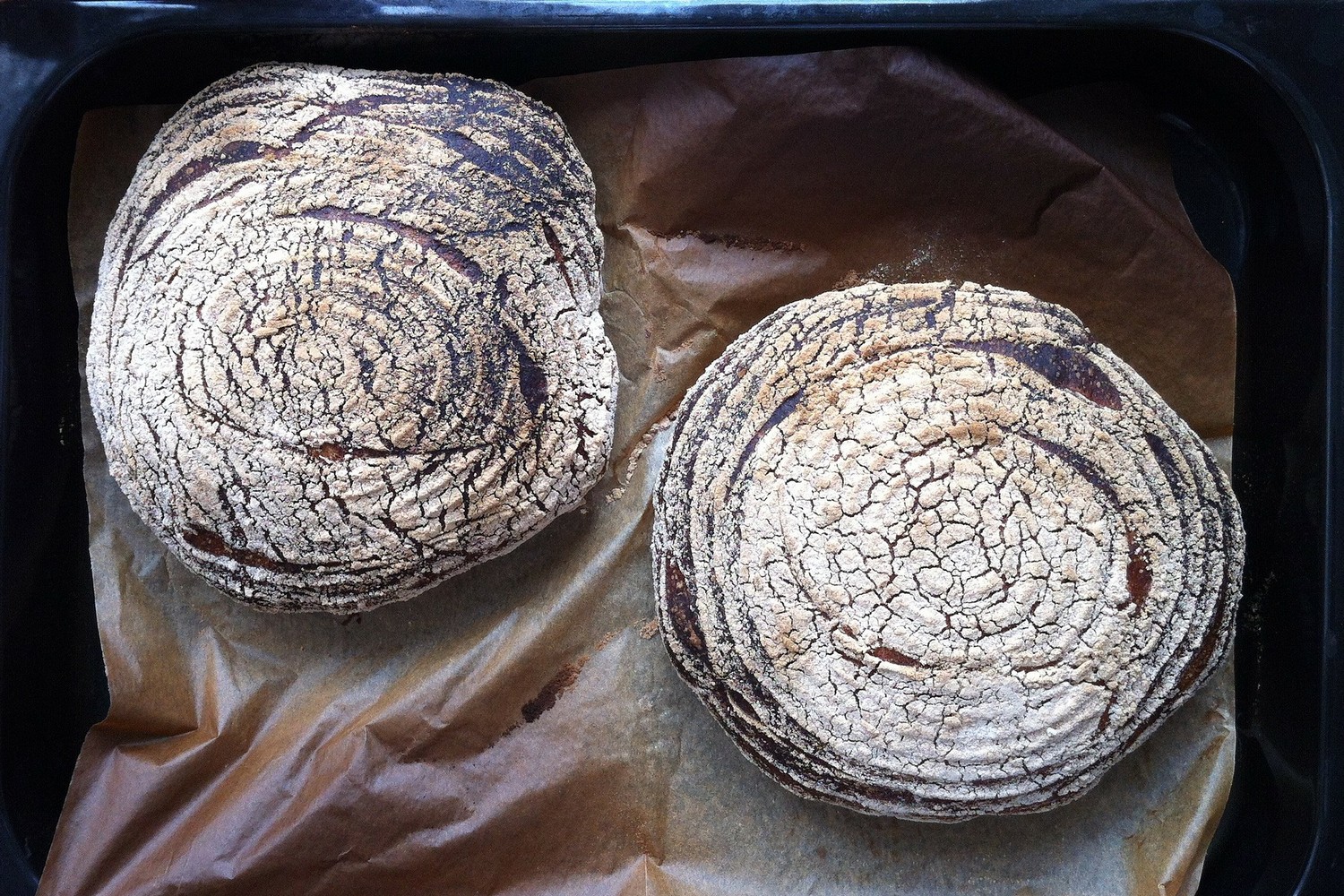
Heavily baked bread could pose a health risk and attempts to reduce the levels of the harmful compounds within should be made, says British trade body, UK Hospitality. Publishing guidance to food businesses including hotels, farm shops and workplace restaurants, food safety experts have detailed the presence of acrylamide in darkened bread crusts as a food safety issue, although some independent bakeries may be spared scrutiny.
With the popularity of the deep, caramelised crusts of sourdough bread showing no sign of abating, the health warning may still ring in the ears of many traders and home bakers.
Widely accepted as a present threat in foods that are baked, toasted, fried or roasted, acrylamide is the subject of the newly published, ‘Industry Guide to Acrylamide’ and details the responsibilities of some food producers and caterers in meeting their regulatory obligations to mitigate the carcinogenic compound’s presence. The guidance denotes some naturally darker bakery products, broadly described as ‘artisan’ loaves or rye breads, as a special cases for consideration, but that care should certainly be taken to ensure they’re not overcooked.
Guidance for bakeries states that loaves would ideally be baked at a lower temperature for a greater length of time and baked to a lighter colour.
Dr Lisa Ackerley, Food Safety Expert and Chair of the Acrylamide Stakeholder Steering Group, told Dough Culture: “Traditional artisan breads which are typically darker in colour, such as sourdough, have certain exemptions from the regulation; however producers will still have to show they have taken steps to mitigate the production of acrylamide.
View this post on Instagram
“The benchmarks for levels for bread are not legal limits, but businesses should aspire to reach those levels and be seen to be proactive in their efforts. If businesses can show they reduced levels of acrylamide without spoiling the nature of the bread, they should be fine.”
For advocates of typically dark-baked, naturally leavened breads or those with simply a taste for a well-toasted slice, the resurgence of the acrylamide debate could be a cause for concern. However, experienced bakers and students of the science behind sourdough bread continue to cheer lead for the nutritional benefits over mass-produced loaves, looking at ways to naturally balance the presence of acrylamide.
Vanessa Kimbell, author, baker and tutor at her own Sourdough School in Northamptonshire, UK maintains her positive position in face of the most recent safety warnings.
She says: “Sometimes when a study comes out people only concentrate on one side of the argument and it’s worth taking a balanced view. When you slow rise a dough, bake it and toast it you are also creating antioxidants as part of the Maillard Reaction. There are two reactions happening at the same time with the production of lysine, which actually develops into the antioxidant, pronyl-lysine, and asparagine, with develops the carcinogen in question: acrylamide. Since we’ve been eating this stuff since we discovered fire, we shouldn’t focus on just one aspect of its chemistry.
“There are some ways of creating more anti-oxidant properties in bread, such as baking with wholemeal grain, which can contain up to 40% more phenolic compounds that savage free radicals. Of course, anyone who has cancer or other concerns relating to cancer should take all arguments into consideration, maybe looking at options to bake crusts lighter and eat bread fresh rather than toasting. It’s also about the way you eat your sourdough loaf.
“Eating a wholegrain slice of sourdough, with some olive oil drizzled over a wide range of fresh vegetables with lots of colourful leafy greens or with a dark fruit jam, is a very different thing to eating a blackened slice of industrial white bread with margarine, which will have a very different effect on your body.”
Have an opinion or news to share? Get in touch.



